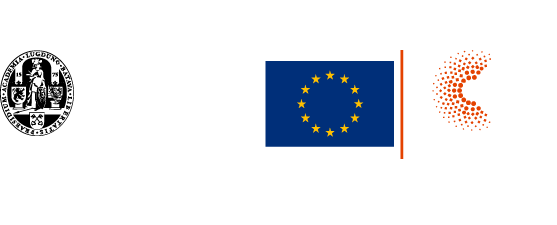

Between 6-10 July, Ildikó Z. Plájás presented the paper "Unstable Projections: Tracing Computer Vision in the Field of Security through Time-based Diagramming" by Ruben van de Ven and Ildikó Z. Plájás at the European Association for the Study of Science and Technology's Conference in Madrid.
Abstract:
In this paper we propose a time-based digital tool, a diagram-in-the-making as to learn about computer vision in the field of security. Computer vision --as a means of understanding faces/bodies/movements through digits-- is a digitization practice par excellence. We examine the proliferation of these technologies, including their wide reaching consequences and politics, by attending to their embeddedness in various fields. We conduct qualitative interviews with professionals who develop or use these technologies and ask them to draw a diagram of the entities they mention (e.g. companies, databases, technologies) and the relations between them. We do not just capture the finished drawing, but record the process of its making. The time-based unfolding of the lines enacts imaginaries of computer vision practices which are intrinsically intertwined with the narratives of which they are part. Rather than forming a coherent whole, the diagrams embrace an unstable projection. They are always in the making, always processual (Kitchin and Dodge 2007). The collection of diagrams allows for a practice of combination and composition (O'Sullivan 2016), providing space for convergences and contradictions between the various field and imaginaries of our research subject. Computer vision therefore emerges as an ontological multiple (Mol 2002). In our paper we argue that to better understand computer vision, instead of taking its different elements (such as databases, algorithms, etc.) as given, we should attend to both the practices that we observe and the method through which we do so. By bringing in the temporal dimension of diagramming, we aim to shift attention to digitization as a process, a tracing of entities and drawing of relations, always unfolding, always unfinished.

 The Algorithmic Security
The Algorithmic Security 